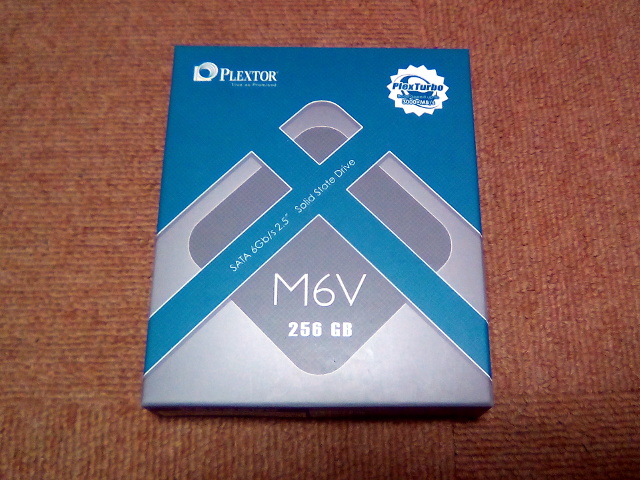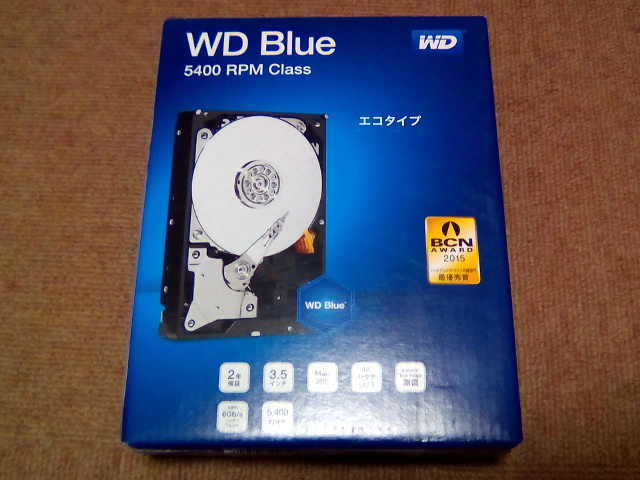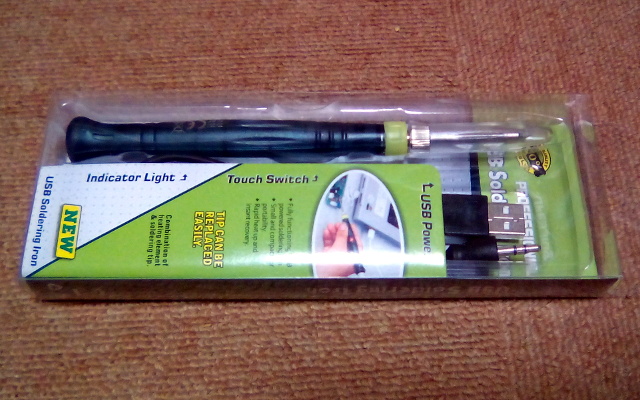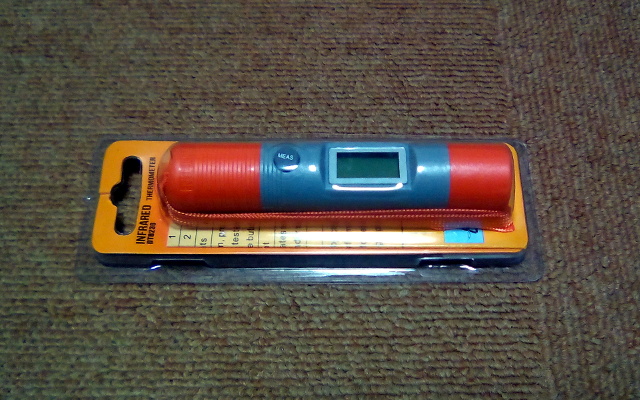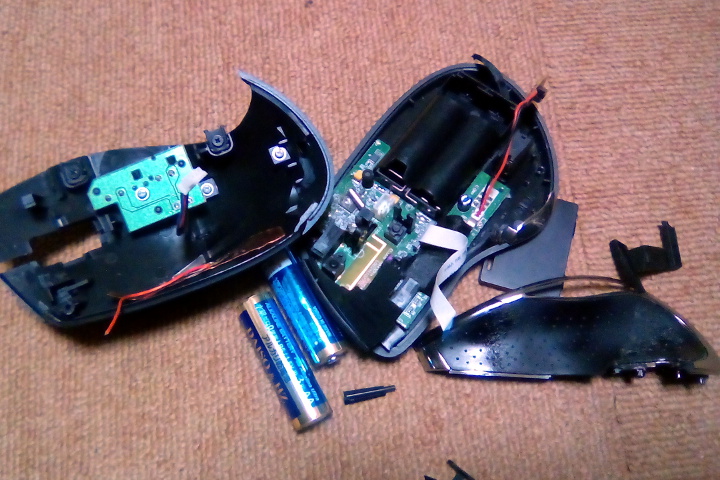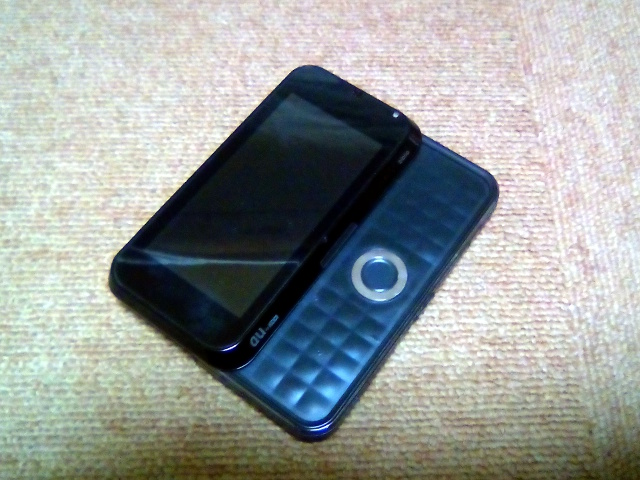honor6 Plus(オーナー6プラス)を購入
「Huawei honor6 Plus(オーナー6プラス)」を購入した
「honor6 Plus」は楽天市場で独占販売されているSIMフリー端末で,今回ファーウェイーVモール楽天市場店にて端末のみ(SIM契約は必要なし)¥24,732(税込み送料無料)にて販売されていたので少し考えて購入を決定した
これまで情報端末としてフィールドでは「FREETEL priori2」を利用,そろそろ端末のパワーアップをしたいという考えもあり良さそうな端末を探していたところ「honor6 Plus」がお得な価格で販売されていたので手を出したって感じである
購入にあたって少し考えた内容は以下のとおり
- 半値で売られている理由? → 欠点はLTEバンド不足ぐらいで悪い評価の端末ではないので単なる特売か?
- 5.5インチの画面だと大きくないか? → これはもう試してみるしかなく巷では持ちにくいとか言われてはいないようだった
- デザイン → 高級感があるそうだ,とても悩んでゴールドにした
- android4は古い → 5になる
3/28(月)夜注文,3/29発送,3/31着
priori2と比較するとサイズがかなり違う
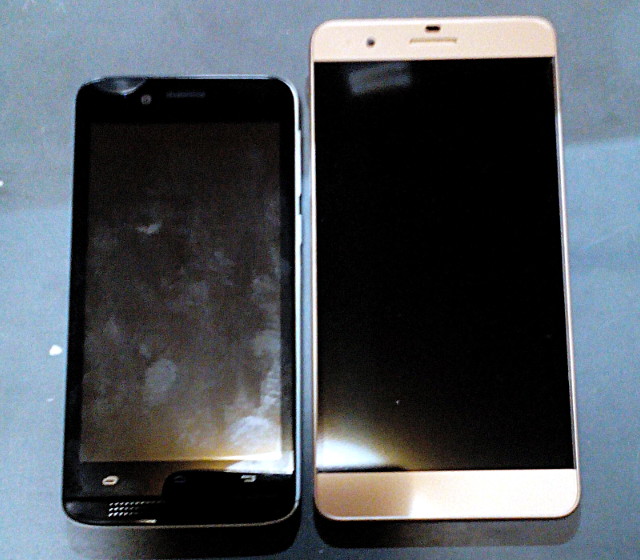
第一印象は,
- 大きいけど確かに持ち易い
- 大きさの割に軽い(大きく見えるから軽く思えるのかと)
- 胸ポケットだとはみ出すかな
- ゴールドはもう少し薄い色の方が良さそう
詳細はあちこちで紹介されているので書かない
まずはOSのバージョンアップ,そしてソフトウェア整理から開始
- priori2で使用していたアプリは利用中のgmailアドレスを最初に入力すれば継続される(自動的にセットアップされるので移行が便利)
- Android 5.1.1、新カメラ機能有りにする場合はこちらからダウンロードしてアップグレードする(新カメラ機能無しならネットワーク接続後自動で確認してくる)
- プリインストールの楽天アプリを全て削除(必要ない)
- 使用しないアプリを強制停止,無効化(例えば標準ブラウザや電話関係)→ Firefoxを使うので必要ないのと電話SIMは持っていない
- ホームアプリ(ランチャー)をGoogle Nowランチャーに変更 → やっぱこれがシンプルで良い
第二印象(2日使用後)
- ゴールド色は太陽光だと見栄えが良い(蛍光灯だと悪い)
- 外で使用していると(大きいせいで持ちが悪いのか)使い難い(けど,落としそうにはならない)
- 質感が良い(こちらの携帯より安いとは思えない)
- 市街ではLTE(B1)は切れそうになる(田舎だし)
- バッテリー持ちはpriori2より劣る(まだ調整の余地はあるかもしれない)
アプリ整理
「ColorNote」と「高速メモ帳」の作成済のメモを移行(本来のやり方は知らないので試行錯誤)
(ColorNote)
バックアップがSDカードにできる(/data/colornote/backup)のでバックアップから復旧させる(ColorNoteが新規の状態で行うべし)
SDカードは既にバックアップされているのを使うか,同じフォルダーを別のSDカードに作ってコピーしても良し
(高速メモ帳)
旧スマホで高速メモ帳の新規フォルダーを作成(例えば「移動用」とか)して作成済のメモを移動
保存場所をSDカードにすると「/fastnote/移動用」ができる
新スマホで新規フォルダーを作成して,そこへ「/fastnote/移動用」内のファイル(メモデータ)をandroidのファイラー(ESファイルエクスプローラーなど)でコピーする


